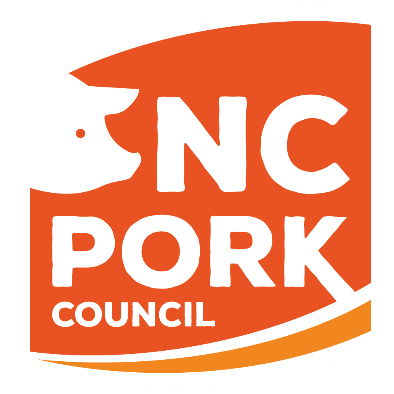The great Sierra Club boondoggle
The Sierra Club, which touts itself as the most influential grassroots environmental organization in the United States, recently published an article in its national magazine attacking North Carolina hog farms for their efforts to reduce greenhouse gas emissions.
“The Hog Industry’s Great Biogas Boondoggle” is a misleading and misinformed attack on the renewable natural gas projects that have gained increasing traction among our state’s hog farmers. These projects capture methane emissions — deemed by the EPA to be 28 times more toxic than carbon dioxide — and use the gas to generate renewable natural gas that can power homes.
In addition, covering lagoons to capture methane gas provides other significant benefits for the surrounding community. The lagoon covers reduce odors and minimize the potential for flooding during hurricanes.
Before we delve deeper into why these projects are so valuable — and why the article gets it so wrong — let’s first go back to the headline of this story.
Here is a quick refresher on the definition of a boondoggle: “a wasteful or impractical project or activity often involving graft,” according to Merriam-Webster. (Graft is defined as “the acquisition of gain in dishonest or questionable ways.”)
So, just to be clear, the Sierra Club is asserting that the pork industry’s effort to capture emissions and generating renewable gas is “wasteful or impractical” and “dishonest or questionable.”
The story, of course, doesn’t talk about how these projects are wasteful, or impractical, or dishonest, or questionable.
Because they aren’t.
Activists refer to anything that doesn’t fit their idealistic definitions of environmentally friendly as “greenwashing.”
So, let’s take a look at whether generating renewable natural gas is beneficial or not:
Is it better to capture methane emissions or release them into the environment?
Even the Sierra Club would have to admit that reducing these emissions is better for the environment. The idea of using anerobic digesters to make biogas from waste is not a new idea. It’s a proven concept that has been used around the world for decades and has been touted by the EPA.
Does covering hog lagoons provide environmental and community benefits?
Yes. The pork industry is frequently criticized about odor from farms and flooding that may occur during hurricanes. While neither of those issues are as harmful as our opponents make them out to be, conditions are undoubtably improved by covering lagoons. (To learn more, read The Truth of the Matter on odor and hurricanes.)
Is generating renewable natural gas better than conventional natural gas?
Yes. Generating renewable natural gas on hog farms reduces, by an equal amount, the demand for conventional natural gas. Environmental groups like the Sierra Club have long opposed fracking and other measures used to produce conventional natural gas.
Is there any downside to generating renewable natural gas?
The Sierra Club article touches on a couple of technical issues here. Without getting too far into the weeds, there are two main arguments:
(1) Lagoon covers can leak, they say, which reduces the amount of methane that is captured. Yes, it’s possible. But farmers a have a financial incentive to eliminate leaks and increase the capture of methane. Technology is available to help farmers quickly detect any leaks.
(2) Another argument is that the process of anaerobic digestion can lead to increased concentrations of ammonia. A study from Dr. Robert Burns, a University of Tennessee professor who specializes in biosystems engineering and soil science, found that ammonia levels increased by less than one percent.
The biggest complaint of those who oppose renewable natural gas project isn’t really a complaint about biogas at all. It’s that these projects don’t completely eliminate the lagoons and sprayfields used by farmers to manage waste. Critics worry that the success of biogas projects “will lock in” the current system of waste management.
The “all or nothing” attitude rejects the notion that incremental improvements are, in fact, improvements. It assumes that eliminating hog farms is a reasonable outcome. It is shortsighted and foolish. Reasonable people can see that reducing odor, reducing the risks of flooding, and generating renewable fuel are all improvements that should be enthusiastically embraced.
Maybe it’s too asking too much for groups like the Sierra Club to offer an objective look at the issue of renewable natural gas. After all, this article was published in coordination with the Food and Environmental Reporting Network, an online outfit that receives significant funding from avowed opponents of animal agriculture.
Perhaps that’s why the reporter presents such a one-sided view of these issues. He repeatedly glosses over the pork industry’s concerns, noting that we disagree with allegations but failing to include the substance of our arguments.
At the end of the day, we have to remember that this is advocacy journalism. It’s an attack on our farmers that is underwritten by well-funded activists who are against animal agriculture.
Now, that’s a boondoggle.
